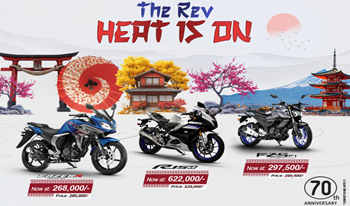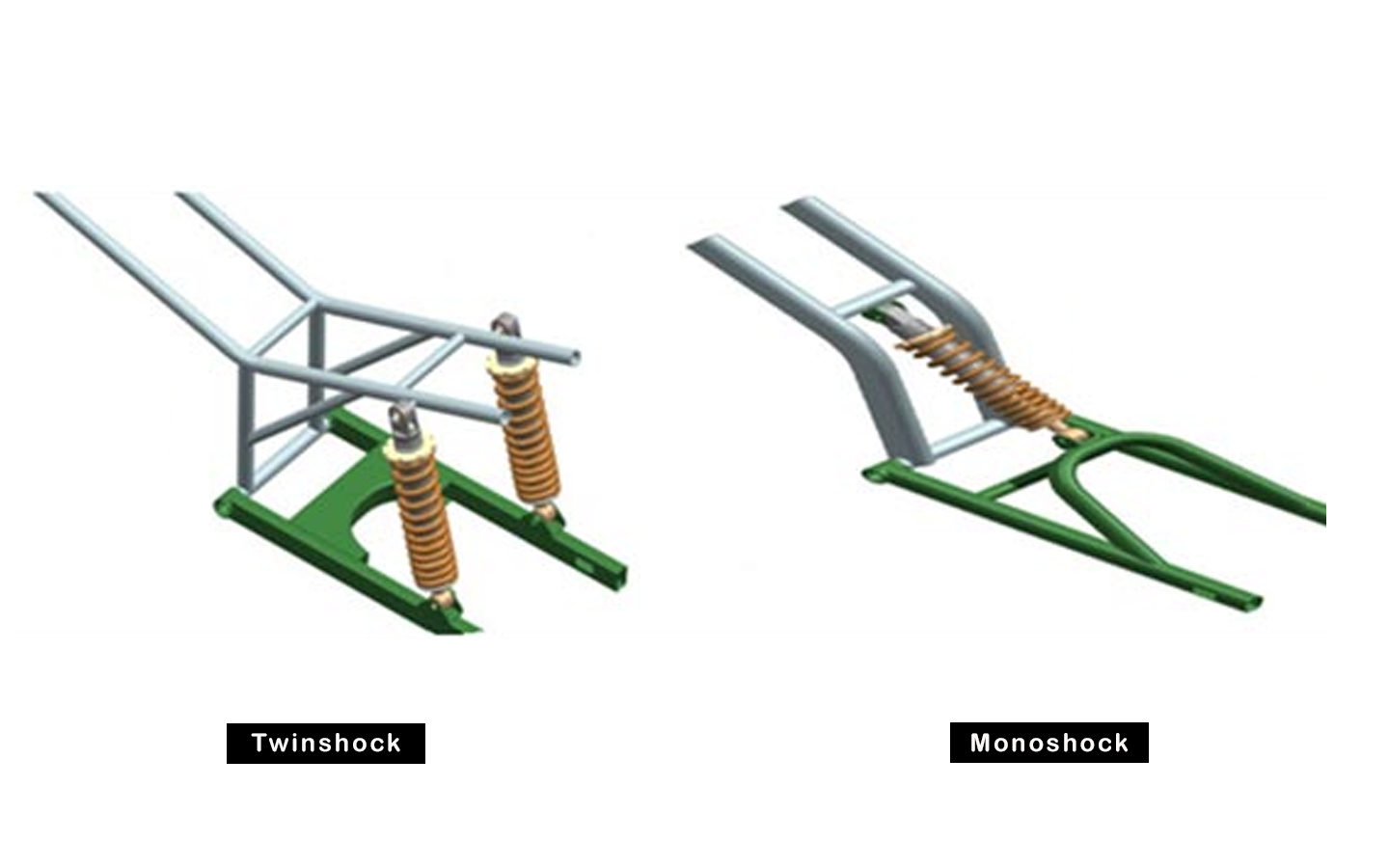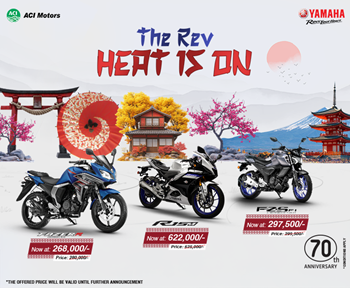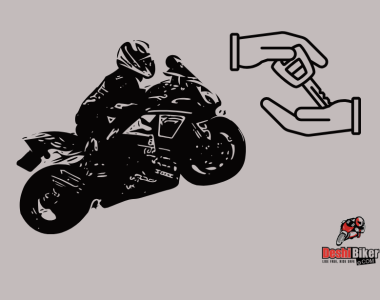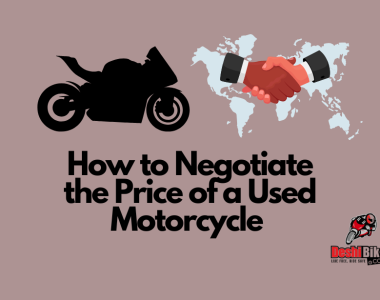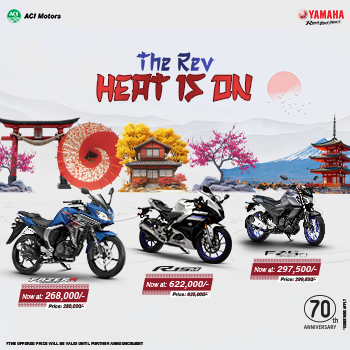Bike’s front suspension became common even before WWI. However, the rear suspension in the bikes was not much familiar till WWII. A few manufacturers used them even before WWI but they mainly appeared globally in the post-WWII period. In the previous content, Deshi Biker revealed the types of front suspensions. Here, we will reveal the types of the bike rear suspension types.
What is the Purpose of the Rear Suspension?
Before going into the types, let’s see exactly why this element is a necessity on bikes. Any type of suspension system, front or rear, comes with its primary purpose to absorb bumps on the trail and to reduce the impacts. When a rear wheel hits a bump or obstacle, the rear suspension absorbs the impact forces.
What is the Difference between Front and Rear Suspension Motorcycle?
The key differences between the 2 might include:
- The rear suspension has less compression travel than the front.
- The rear suspension also carries more weight than its counterpart.
- Things like whoops or potholes often come under the rear wheel and thus the rear wheel travels more distance than its counterpart.
- On the other hand, the back suspension does have more rebound travel.
- Heavier-duty springs are common in the rear suspension.
How Many Types of Rear Suspension are there?
There is a variety of types generally noticed on a motorcycle.
Spring Loaded Hydraulic Suspension
Manufacturers use damping oil liquid as the base of this suspension system. they place it in air-tight conditions within the hydraulic piston. Outside the suspension, there is a spring. Pressure causes it to go downward but the mechanism puts it back in its position. However, extreme use can cause the formation of bubbles inside the damping oil chamber. So, during the longer journeys, this system may lose its performing ability. Thus, you may notice them in the lower segment motorcycles for example: TVS Metro, Hero Splendor, TVS Flame, etc.
Gas-filled or Nitrox-charged Shock Absorber
As you’ve heard about the problem issued with the Spring Loaded Hydraulic Suspension, manufacturers try to solve the problem by adding canister-filled gas. They indeed use Nitrogen as the major element gas of this system. Thus it got the name Nitrox suspension. It doesn’t let the bubble form within the chamber during intense usage or longer journeys. No doubt, this type of suspension increases durability, safety, as well as comfort.
Mono Shock Absorber
One also recognizes it as a single shock absorber. It has a connection with the rear frame of a motorcycle. That single shock absorber absorbs the bumps of the roads. Generally, the constructors place that in front of the rear wheel. And then connects that with the swingarm through a linkage. Honda uses this type of suspension as their rear suspension. In some cases, the dual shock absorbers where there are 2 absorbers, are better than the mono-shock absorber. But overall, the mono shock absorber functions and performs better in many senses than its counterpart.
They don’t only offer better cornering, but they also provide better constancy on the highways. Moreover, they are easy to tune & adjust. However, they come with high maintenance costs. And the biggest factors are the longevity is less and they can’t carry higher loads.
Dual Shock Absorber
On the other hand, the dual shock absorbers consist of two shockers for better absorption of bumps while riding. They are able to carry more loads and perform well enough even in off-road conditions. Thus you notice them on the commuters and cruisers. They are cheap and has lower maintenance costs but are unable to offer precise cornering and controlling.
So, these are the types of rear suspension of the motorcycles.















